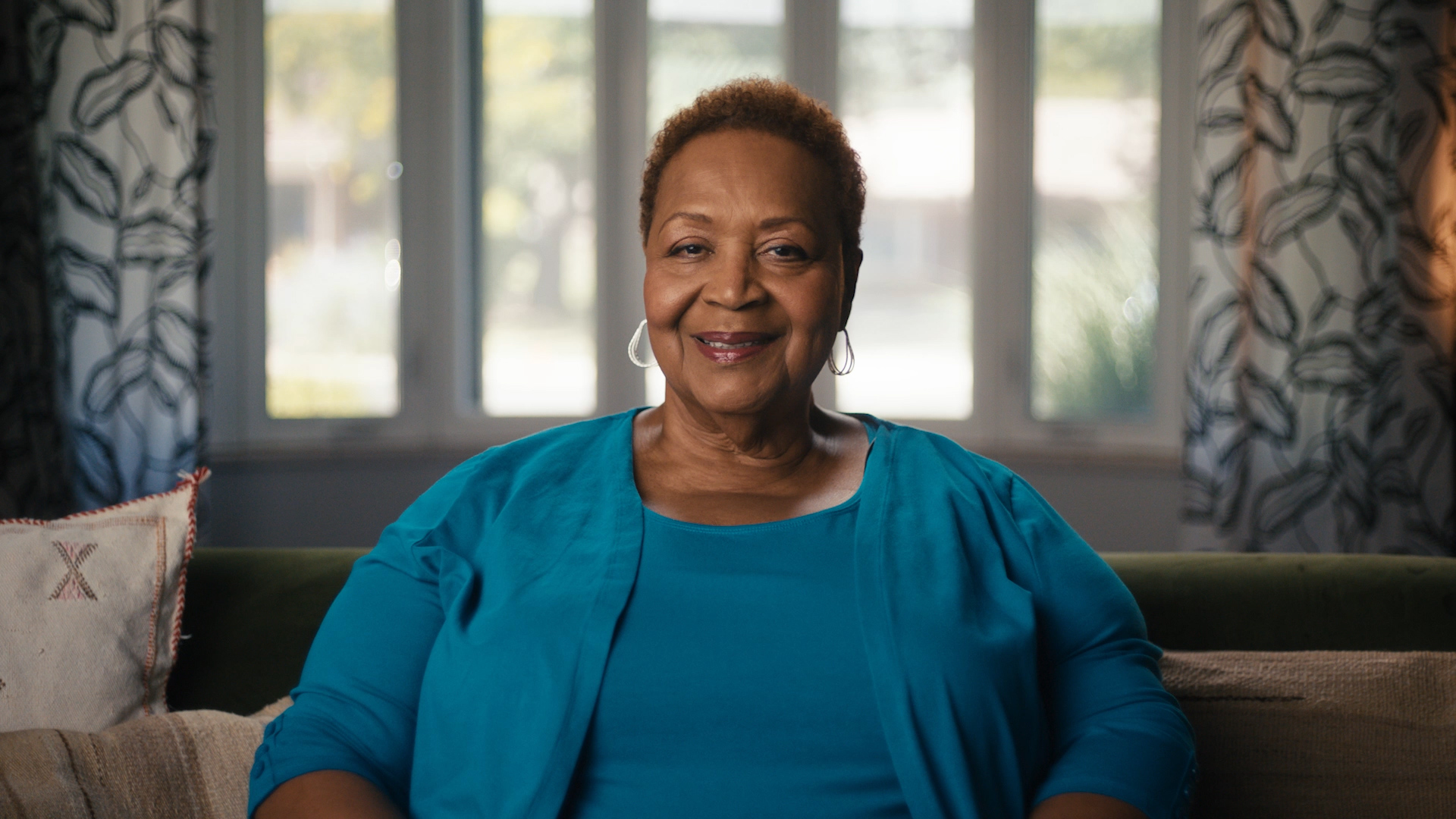The Internet has made information more accessible than ever. You can get answers to just about anything you want to know in a few clicks. Thanks to the Internet, we can now do things online that would have seemed unimaginable before like banking, grocery shopping, buying stamps, filling prescriptions and even visiting the doctor. For all its benefits, the Internet has some downsides too. Unreliable and false information continues to spread. As more people join social media networks, the ease and speed with which disinformation spreads ramps up. When it comes to people’s health and safety, this can cause serious concerns if people take actions that could put themselves at risk. In this article, we’ll discuss reasons why people spread disinformation and ways you can protect yourself. Let’s get started.
Why people spread disinformation
Scams have been around long before the Internet but technology has made them easier to target specific people like seniors. Online scams defraud millions of Americans each year by getting money and/or personal information. Medicare and insurance scams as well as counterfeit prescription drugs are two of the most common types of senior scams. Be sure to keep your personal information including banking information, Social Security numbers and Medicare and insurance ID numbers secure.
Profit
The Global Disinformation Index, an agency that rates the trustworthiness of news sites, estimates that websites flagged for disinformation earn $235 million a year in advertising revenue. That’s nearly a quarter of a billion dollars. Sites can also make money by collecting visitor’s email addresses and selling those lists to companies who then send targeted advertisements to their inboxes.
Pranks
Some people spread disinformation as a prank. While pranks can serve positive social functions like good-natured fun and bonding, they can have a dark side too if what’s funny crossed the line into harmful, abusive or dangerous. For example, past viral pranks have convinced people of false kidnappings or deaths.
Manipulate emotions
A recent study found that false information spreads “farther, faster, deeper, and more broadly than the truth” due to its novelty. It appears more surprising which the human brain equates to more valuable as it relates to both decision-making and social connection. The study states that false stories play on reader’s fears, disgust and surprise. Those behind the false information may want to spread their own ideas or benefit financially.
Protecting yourself online
There are several ways to protect yourself from disinformation online including educating yourself about different types of content, recognizing your emotions, thinking critically about the information and investigating the source behind the content.
Understand news versus opinion
According to the American Press Institute, only 43 percent of Americans can differentiate between news and opinion. News is defined as a factual account of events and covers who was involved, what happened and when and where it happened. Opinion, on the other hand, is considered a commentary, perspective, point of view or ideas about an event, topic or trend. An opinion is meant to influence and sway the reader’s thoughts whereas news relays the facts.
Check your emotions
Disinformation often relies on grabby, manipulative, exaggerated, sensational or incendiary headlines, posts or articles geared to elevate your emotions. If you encounter something like this, you’ll want to try to regulate your emotions. Take a step back so you can try to think critically. If you’re very upset, practice deep, slow breathing which can help you calm down. Then, move through the critical thinking steps below.
Think critically
Take some time to really think about the content you experience and the motivations behind it. Ask yourself these questions:
- Who created this and who is their audience? Click on the About section to understand more about the source and their point of view. Confirm it is trustworthy.
- Who paid for this or gets paid if you click on this? Often, the goal of these types of content pieces is to make money rather than share useful information.
- Do the sources support the claims? Confirm data or sources have not been misrepresented or manipulated.
- Is it current? Sometimes misleading content will site out-of-date information or old news stories to make a distorted claim.
- What do the experts say? Sites such as FactCheck.org and PolitiFact.org work to fact check viral claims.
- Do other news outlets make these same claims?
Investigate the source
You might encounter false or suspicious content on social media. If so, you can do a little digging to verify if the account is real by taking these steps:
Look at the profile. When was the account created?
Examine the photos. Do they appear legitimate?
- Check the account’s friends or followers. How many are there and do these seem like real people and accounts?
- Look at the account’s posts. Are they consistent with each other?
If you feel like something is fishy, do not friend, follow or share the account’s content. You can always block the account so that the account cannot reach you or show up in your feed anymore.
Before you like or share content, be sure you understand the poster’s point of view and biases and are unknowingly spreading disinformation. Just because something is cute doesn’t mean it’s safe. In fact, some disinformation spreaders use cute images or memes to spread falsehoods. Read the captions and review profiles before you share something.
More online resources
These organizations can help you better navigate the online world safely and smartly:
News Literacy Project: a nonpartisan national education nonprofit that helps the public be better consumers of news and information.
- First Draft: a nonprofit that works to protect communities from harmful misinformation.
- FactCheck.org: a nonpartisan, nonprofit consumer and voter advocate that monitors the factual accuracy of major U.S. political players.
- PolitiFact.com: fact checks journalism to promote independence, transparency, fairness, thorough reporting and clear writing.
Want more health and wellness resources? Learn more.

More personalized care starts with one person: your Humana Sales Agent.
Humana will connect you with a licensed sales agent in your community. And they may be able to help you find a provider in the Humana network that may be right for you.







